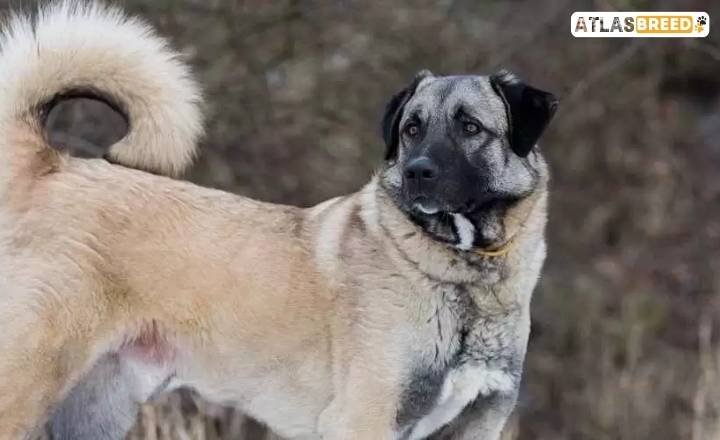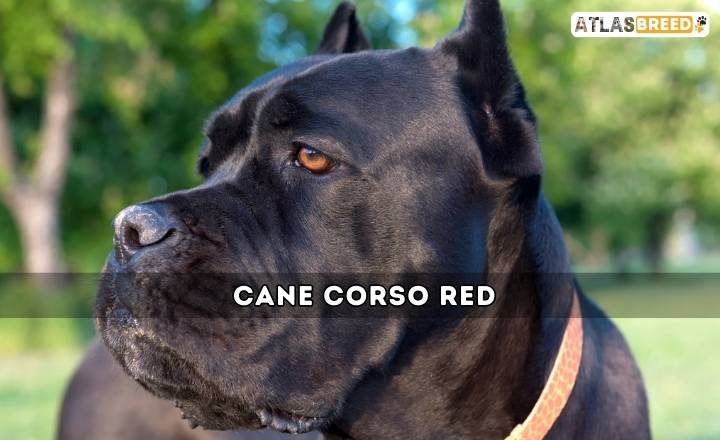In Turkey’s vast, sun-drenched landscapes, two formidable canine guardians reign supreme: the Anatolian Shepherd vs Kangal. While both breeds share a common ancestry and boast impressive stature, they each carry distinct traits that make them uniquely suited to their roles as livestock protectors.
It’s not just their size or strength that captivates dog enthusiasts; their unwavering loyalty and instinctual intelligence set them apart in the world of working dogs.
Anatolian Shepherd Vs Kangal Overview
| Anatolian Shepherd | Kangal | |
| Height | 26 – 30 inches | 28 – 33 inches |
| Weight | 80 – 140 lbs | 90 – 145 lbs |
| Temperament | Independent, protective | Affectionate, loyal |
| Lifespan | 10 – 13 years | 12 – 15 years |
| Accepted by AKC | Yes | No |
| Accepted by FCI | Yes | No |
| Accepted by UKC | No | No |
Is Anatolian Shepherd The Same As Kangal?
The Anatolian Shepherd and Kangal often top the list when it comes to majestic dog breeds that embody strength, loyalty, and a rich cultural heritage. Many people are puzzled by whether these two impressive canines are the same or if they possess distinct characteristics that set them apart.

With their striking similarities in appearance and shared origins as livestock guardian dogs of Turkey, it’s no wonder that enthusiasts frequently engage in spirited debates about the differences between Anatolian Shepherd vs Kangal.
Breed Histories
The Anatolian Shepherd and Kangal are often mistaken for one another due to their striking similarities, yet each breed carries a unique history that shapes its character and purpose today.
Originating from Turkey, both breeds were bred as livestock guardian dogs, but the Kangal has gained recognition for its impressive bite force, historically used to protect flocks against predators like wolves. This specialization is indicative of the region’s challenges with wildlife and illustrates how environmental factors have influenced breed traits.
The Anatolian Shepherd emerged from a broader lineage designed for versatility in various terrains across Turkey’s diverse landscapes. With their strong work ethic and adaptable nature, these dogs were essential for shepherds who navigated shifting topographies.
While ensuring the safety of not just sheep but also goats and cattle. The undying bond between these dogs and their human partners tells a story of mutual reliance that can be traced back thousands of years.
Appearance
The Anatolian Shepherd and the Kangal are often perceived as two sides of the same coin, yet their breed histories reveal fascinating distinctions that reflect their unique roles within Turkish culture.

The Anatolian Shepherd, known locally as ‘Bashhiran,’ has been employed predominantly for guarding livestock against predators in rugged terrains since ancient times. This breed is characterized by its robust build and keen instincts; a true testament to centuries of selective breeding aimed at fortifying resilience against threats like wolves or bears.
Size Difference
Diving into the world of large dog breeds, the Anatolian Shepherd and its close relative, the Kangal, offer a fascinating study in both history and physicality. Both breeds hail from Turkey and were bred for herding and guarding livestock, yet their size differences reveal much about their unique roles within pastoral communities.
The Anatolian Shepherd typically weighs between 110 to 150 pounds, embodying a robust build that reflects its evolution as a protector against predators like wolves and bears. In contrast, the Kangal stands out with its impressive stature; males can reach up to 150 pounds.
Temperament

When exploring the temperaments of the Anatolian Shepherd and Kangal breeds, it’s essential to appreciate their historical roles which significantly inform their behavior today. Both are rooted in Turkey, and traditionally bred as livestock guardian dogs, yet they exhibit distinct personality traits shaped by selective breeding.
Health
Health is another critical distinction where these breeds diverge surprisingly. While both share genetic backgrounds, environmental factors, and breeding practices have led to specific health concerns for each breed.
The Kangal is prone to certain hereditary conditions but has generally enjoyed a reputation for robust health due to its traditional breeding practices emphasizing functional traits over aesthetics.
Lifespan
The Anatolian Shepherd and Kangal, while often grouped together, have distinct histories that shed light on their unique traits. Originating from the vast Anatolian plateau in Turkey, these breeds were developed by nomadic shepherds primarily for protecting livestock from predators.
The Kangal is recognized not just for its impressive size but also for its loyalty and innate protective instinct, making it a favored choice among farmers overseeing flocks of sheep. In contrast, the Anatolian Shepherd embodies versatility and resilience—traits forged through countless generations of adapting to varied environments across Turkey.
Conclusion
Each breed carries unique traits shaped by its lineage, which can influence not only behavior but also health considerations over the years. By recognizing these aspects, individuals can make informed decisions that contribute to a dog’s well-being and longevity.
Knowing the average lifespan of a breed helps set realistic expectations for care and companionship throughout their lives. Embrace this knowledge as you consider adding a furry friend to your family, ensuring you choose the best match for your lifestyle and preferences.
FAQs
Can a Kangal dog beat a wolf?
The emotionally sensitive and loyal dog gets along well with children, but they’re also the only breed of dog that can kill a wolf. A shepherd dog of the “Sivas Kangal” breed, is seen at a breeding farm in Sivas, in the central Anatolian province of Turkey, some 450km east of the capital, Ankara, Thursday, Feb.
Is Kangal the king of dogs?
Kangal is also known as the King of Anatolian Lions and Shepherd Dogs. Anatolian Kangal Dogs are sensitive to anesthesia. Kangals are not aggressive dogs, but they are very territorial and protect their territory.






